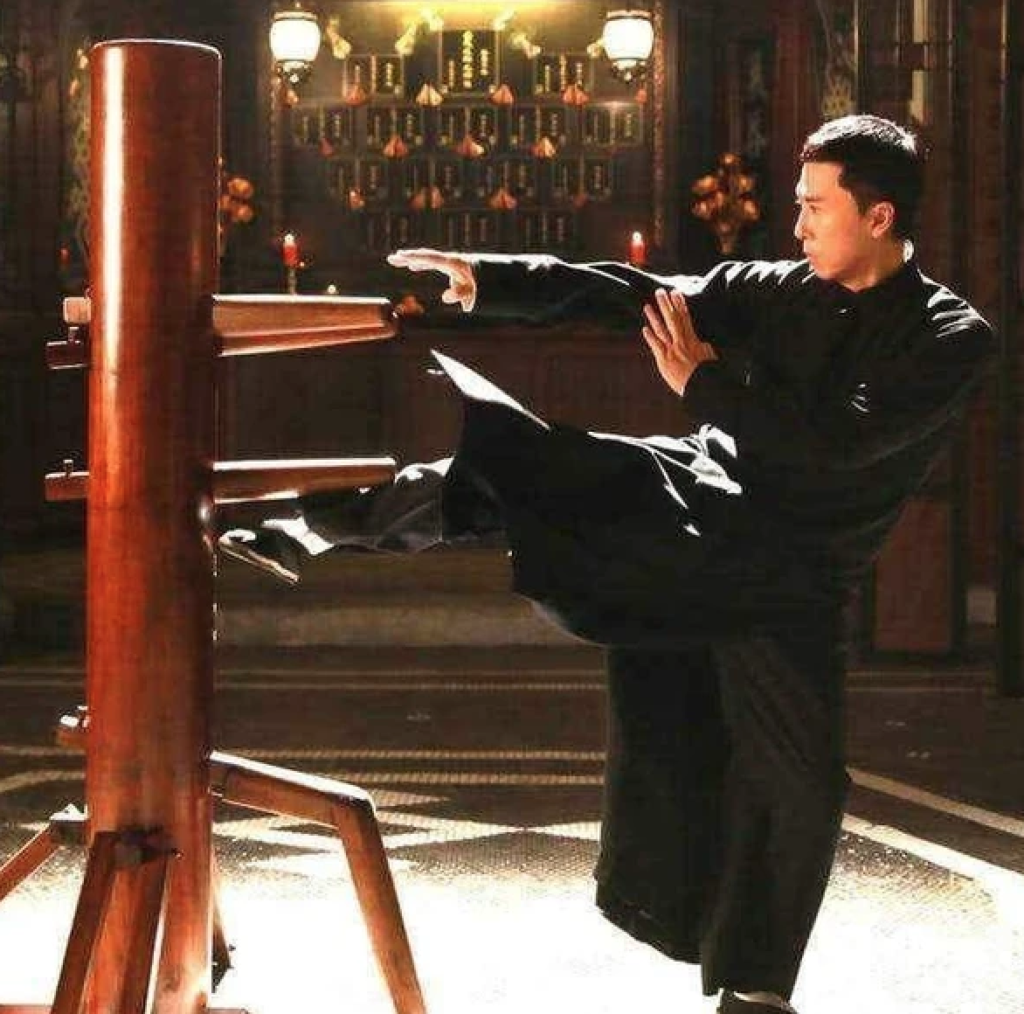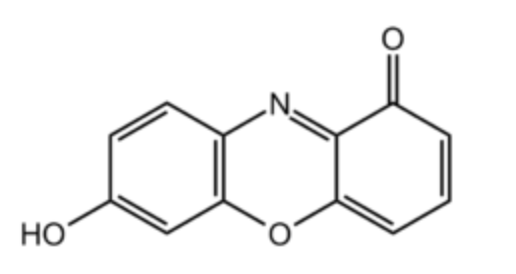This week’s curiosity box is about
- The story behind the secret service’s code name?
- What makes 108 special?
- The science behind a colour- changing gin.
1 – The story behind the secret service’s code names
“One who knows the enemy and knows himself will not be endangered in a hundred engagements.”
Sun Tzu
This week I am reading The Spy and The Traitor by Ben Macintyre. The book uncovers the intricacies behind one of the world’s most significant espionage through a thrilling narrative. As the books exposed a spy’s life, it made me feel dreadful when I looked at the ethics and morals that go behind spying.
Amongst the concerning and questionable life of spies, the code name they used to put a smile on my face. Operation PIMLICO, BOOT, OXCART, TEAPOT COMMITTEE, and the list can go on.
How do they come up with such words?
The history of codewords can date back to Sun Tzu or Chanakya, viz 500 B.C. However, the use of code words became more prominent during World War I.
By this stage, allies and multiple departments needed to coordinate in a common language that the enemy could not understand. Therefore the need for cryptonyms and codeword became more prevalent amongst secret service agents.
Using code words is easy, managing them is not.
Code words can be classified into three broad categories:
- Controlled words (for world-wide inter-service purpose)
- Approved words (within specific commands)
- Local word (for use within a local authority)
Every secret service has a central department that maintains a register of code names available to use. The heads of the divisions pick a word from the register and communicate to the central department about the word they are using. The central department again is responsible for ensuring that the register is logged and updated frequently.
The words in the register and the way heads choose to use them are random. This ensures that there is no relation between the word and the actual task that is conducted. However, with increasing usage, it became confusing to use a word to describe something, especially when a specific division was involved in multiple projects. Hence, code words evolved; prefixes like operation, project, or force were added to avoid misunderstanding.
Interesting fact for you:
Former Prime Minister of the United Kingdon, Winston Churchill would personally involve himself in updating the register of code words. The last thing he wanted was a despairing mother to say that her son was killed in OPERATION BUNNYHUG. But the randomness and weirdness with these names still uphold the air of secrecy. Which is obviously the need for espionage.
Comment below with codewords you will suggest should the secret service ask you for a list.
2 – What makes 108 special?
108, a natural number that lies between 107 and 109.
My earliest memory of coming across this number was when I asked my aunt what she has in her hand. She said it was a Japamala and it helps her keep track of the number of chants. “How many is that” was my question for which she said 108.
108 is a little more than just another occurrence in the number line. Here are some facts that made me raise my eyebrows.
- Reciting a mantra 108 times is quite common in Hinduism, Jainism, and Buddhism. In Hinduism, the 108 chants are related to the 108 dharmas we have. In Buddhism, the number is derived by multiplying 6 senses x 3 types (painful, pleasant, or neutral), 2 occurrences (internal or external), and 3 times (past, present, future). 6 x 3 x 2 x 3 = 108. There are many more reasons and connotations to the number 108.
- Distance between Earth, Moon, and Sun is 108 times their respective diameters.
- The emergency number to call in India is 108.
- 108 degree Fahrenheit is the temperature at which our body organs begin to fail.
- 108 has many mathematics tags; it is an abundant number, semiperfect number, a self-number, Achilles number, and a Tetranacci number.
- According to Ayurveda, there are 108 pressure points in our body.

- 108 is prominently in martial arts as well. There are 108 locking hand techniques in Kung Fu and 108 moves against the Wing Chun.
- Homer’s odyssey depicts 108 suitors coveting Penelope.
3 – How does Gin change its colour?
A curiosity box moment ensued when I saw one of my friend’s Instagram story. She posted a video of colour changing Gin. As she poured the tonic into her drink, the Gin’s coloured. Simple science but fascinating drink for an exciting weekend.
The science behind the colour changing Gin is similar to the litmus test you might have done in high school chemistry lab. When you dip a litmus paper into a solution, it changes its colour based on its pH level.

The HO is called the acidic proton. By adding a strong base or an acid, the HO either loses or gains a proton becoming HLit or Lit- respectively. This change in HLit or LiT- is what makes the colour change in a litmus paper.
For the colour changing gins, a natural component that functions like the litmus paper is added during its distillation process. Natural extract from flowers such as Asian Butterfly flower or Lavenders is infused along with the Gin. And when you add the tonic, the colour of this extract changes because of the pH change.
You don’t need Gin for some fun colour changing drinks. Tea is also a possibility. Watch the video below.
Nice to know about 108 !!!
And a colourful entertainment 😀